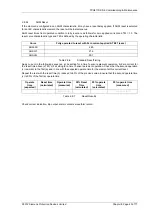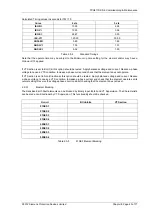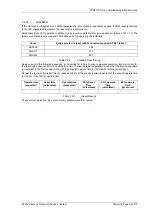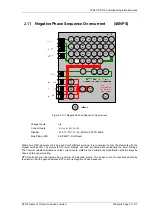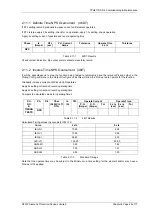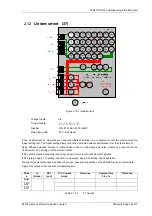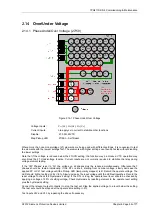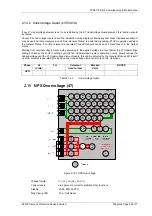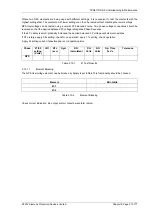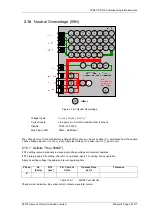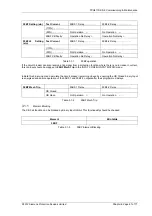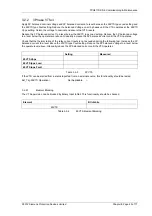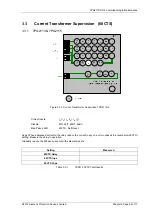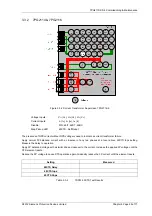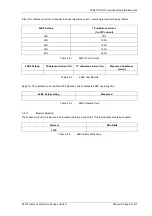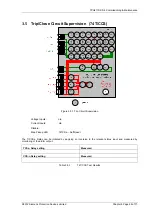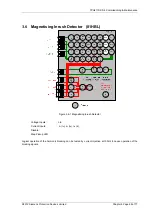
7PG2113/4/5/6 Commissioning & Maintenance
©2012 Siemens Protection Devices Limited
Chapter 6 Page 54 of 77
2.14
Over/Under
Voltage
2.14.1 Phase Under/Over Voltage (27/59)
Figure 2.14-1 Phase Under/Over Voltage
Voltage Inputs:
V
L1
(V
A
), V
L2
(V
B
), V
L3
(V
C
)
Current Inputs:
n/a apply zero current to stabilize other functions
Disable:
47,
59N,
60VTS
Map Pickup LED:
27/59-n - Self Reset
Where more than one Undervoltage (27) elements are being used with different settings, it is convenient to test
the elements with the lowest settings first. The elements with higher settings can then be tested without disabling
the lower settings.
Note that if the voltage is reduced below the 27UVG setting, the function may be blocked. VTS operation may
also block the 27 Undervoltage function. Current inputs are not normally required to stabilise the relay during
voltage element testing.
If the ‘O/P Phases’ is set to ‘All’, the voltage on all phases must be reduced simultaneously. Otherwise the 3
phases should be tested individually. If the DTL is short, starting from nominal voltage, slowly decrease the
applied 3P or VL1 test voltage until the Pickup LED (temporarily mapped) is lit. Record the operate voltage. The
LED should light at setting Volts +/-5%. Slowly increase the input voltage until the LED extinguishes. Record the
reset voltage to check the ‘Hysteresis’ setting. If the DTL is long, the operate level level should be checked by
applying a voltage of 90% of setting voltage. Check Hysteresis by resetting element to the operate level setting
plus the hysteresis setting.
Connect the relevant output contact(s) to stop the test set. Step the applied voltage to a level below the setting.
The test set should be stopped at the operate time s/-5%
Test inputs VL2 and VL3 by repeating the above if necessary.

